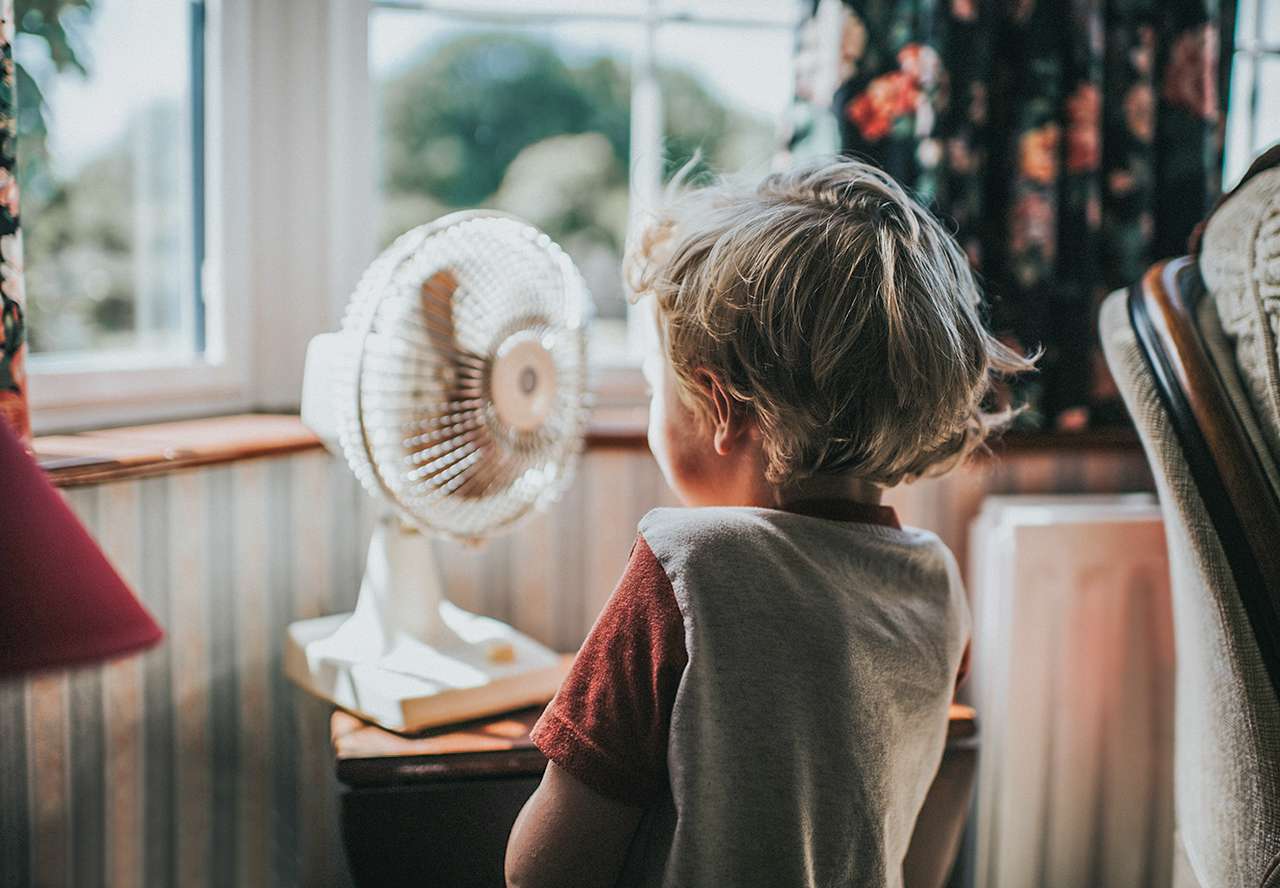In the US, the early days of air conditioning’s popularity would have been in the mid-80s to mid-90s, when one “room A/C” could have been installed in a house. Then, as technology improved and as people’s standard of living increased, the country reached a point where air conditioning eventually became affordable for the masses. People are always talking about how air conditioners are more prevalent and popular in the US than in any other country and I think it is due to a combination of wealth and climate.
However, the question is: Why some countries don’t commonly use air conditioning?
Mexico
 New Mexico is a country that always features hot and dry weather conditions – you’ll never experience cold anywhere in Mexico. However, what often comes as a surprise to tourists is the lack of air conditioning in most buildings and houses. And, it seems like the country has adopted other ways to beat the intense heat.
New Mexico is a country that always features hot and dry weather conditions – you’ll never experience cold anywhere in Mexico. However, what often comes as a surprise to tourists is the lack of air conditioning in most buildings and houses. And, it seems like the country has adopted other ways to beat the intense heat.
I’ll start by drawing your attention to Mexican houses; the most common feature is a palapa on the roof. The palapa is a type of thatched roof made from dried palm leaves and that can provide a shady place to hang out. As a kind of open roof, the palapa can catch breezes and make the scorching days more bearable. Furthermore, their house designs always consist of wide porches, large windows and thick walls that help in keeping the interiors cool. In fact, it is said that a traditional Adobe house can have walls so thick that they can absorb the outside heat and prevent it from getting inside.
And, the reason for the lack of air conditioners in Mexico somehow comes to money. Evaporative coolers, for example, are not only effective but also much cheaper than air conditioning units. Their mechanism is very simple which is why both their installation and maintenance costs are inexpensive. The cooler doesn’t need any special plumbing/fitting systems, but I guess the major advantage of using these coolers is that they’ll use only a fraction of the electricity.
Some A/C manufacturers in the region are well aware of this fact and thus, they have started incorporating a special built-in feature into the a/c coils in order to increase the humidity of a space. If you take a look at the coils of their air conditioning units, you will notice 2 drain holes, one higher than the other.
Philippines
 I’m mentioning this country here because back in my childhood days when I visited my uncle who lived in Philippines, I was shocked that the temperature could get as hot as 38 degrees and yet there was no air conditioning in his house. The house was like in the middle of a farm and it was surrounded by mango trees, java apple trees, coconut trees and other various kinds of trees that provided some shade. And, that is why my uncle didn’t see the need to have air conditioning.
I’m mentioning this country here because back in my childhood days when I visited my uncle who lived in Philippines, I was shocked that the temperature could get as hot as 38 degrees and yet there was no air conditioning in his house. The house was like in the middle of a farm and it was surrounded by mango trees, java apple trees, coconut trees and other various kinds of trees that provided some shade. And, that is why my uncle didn’t see the need to have air conditioning.
Back then, people also used to keep cool by snacking on ice candies. These homemade popsicles were very popular and were the only way to handle the intense heat of the summer seasons. Today, things have changed and some households have installed air conditioning units. However, air conditioning still remains a luxury for many thousands of people living in the Philippines.
There’s no denying that prices have gone up in all countries, because of global inflation. But, in the Philippines, the mere thought of purchasing even a second-hand aircon is unthinkable to many. No matter how intense the heat may be, no one wants to see a high electricity bill at the end of the month. So, this is the reason why you’ll see more electric fans than air conditioners in the Philippines.

